Gibberellic acid
Gibberellin A3 ; (1R,2R,5S,8S,9S,10R,11S,12S)-5,12-dihydroxy-11-methyl-6-methylidene-16-oxo-15-oxapentacyclo[9.3.2.1(5,8).0(1,10).0(2,8)]heptadec-13-ene-9-carboxylic acid ; 2beta,7alpha-dihydroxy-1beta-methyl-8-methylidene-13-oxo-4a,1alpha-epoxymethano-4aalpha,4bbeta-gibb-3-ene-10beta-carboxylic acid ; (3S,3aS,4S,4aS,6S,8aR,8bR,11S)-6,11-dihydroxy-3-methyl-12-methylene-2-oxo-4a,6-ethano-3,8b-prop-1-enoperhydroindeno[1,2-b]furan-4-carboxylic acid ; 4a,7-methano-9b,3-propeno[1,2-b]furan-4-carboxylic acid
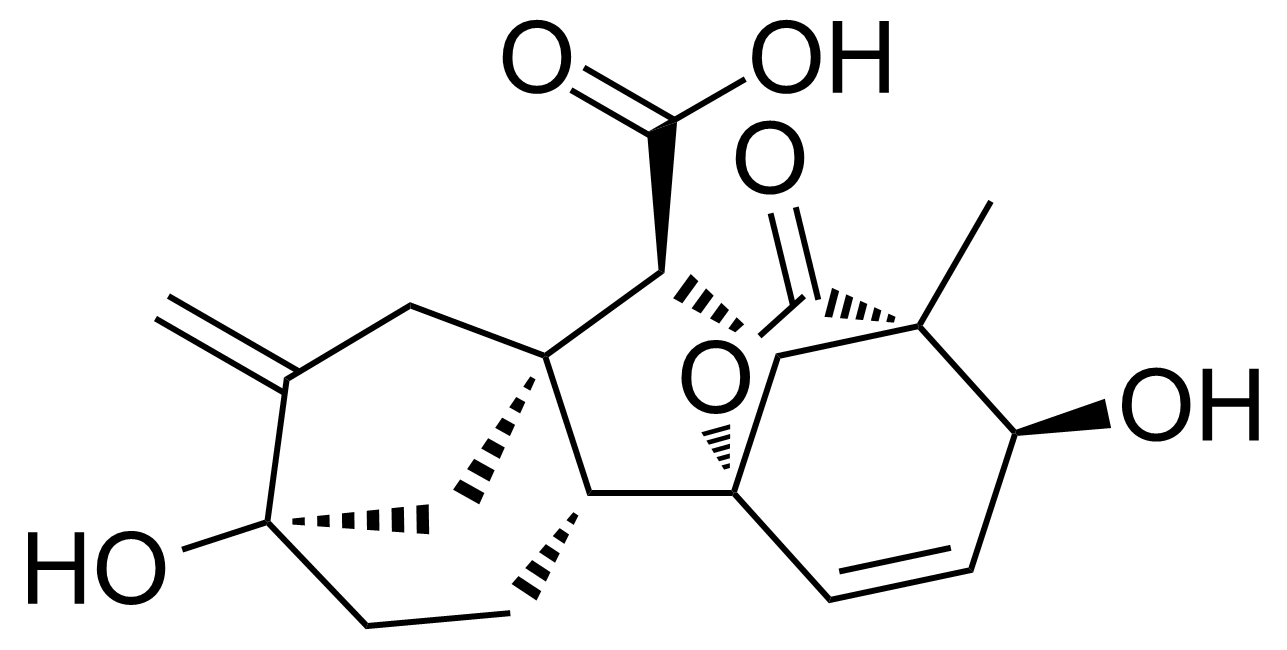
For more information or to place an inquiry, please email us to
georganics@georganics.sk or use our contact form
Regulatory Information
Not a hazardous substance or mixture according to Regulation (EC) No. 1272/2008.
Product categorization
Description
Gibberellic acid is a useful chemical compound with a variety of research applications. We are pleased to offer high quality Gibberellic acid in various sizes (for research, pilot-scale, or production applications) from milligrams to multi-kilogram batches, making it easy for you to choose the right amount to suit your needs.
Show full descriptionDescription of Gibberellic acid:
Gibberellic acid (also called gibberellin A3, GA, and GA3) [77-06-5] is a hormone found in plants and fungi. It is a white to pale-yellow solid with a melting point of 235-238 °C.[1] Gibberellic acid is a simple gibberellin, a pentacyclic diterpene acid promoting growth and elongation of cells. It was first identified in Japan in 1926,[2] as a metabolic by-product of the plant pathogen Gibberella fujikuroi (thus the name), which afflicts rice plants and causes them to rapidly elongate beyond their normal adult height. Due to their high concentration in this fungus, they can be industrially produced by fermentation of agro - industrial wastes, rice bran and malt residue.[3]Application of Gibberellic acid:
Gibberellins have a few effects on plant development. They can stimulate rapid stem and root growth, induce mitotic division in the leaves of some plants, and increase seed germination rates. It is sometimes used in laboratory and greenhouse settings to trigger germination in seeds that would otherwise remain dormant. It is also widely used in the grape-growing industry as a hormone to induce the production of larger bunches and bigger grapes and also as a growth regulator in the cherry industry. It is used on Clementine Mandarin oranges, which may otherwise cross-pollinate with other citrus and produce undesirable seeds. Applied directly on the blossoms as a spray, it allows for Clementines to produce a full crop of seedless fruit. GA is widely used in the barley malting industry as it stimulates growth in otherwise partly dormant kernels and produces a uniform and rapid growth.[4],[5]Product categorization (Chemical groups):
Main category: Second level: _______________________________________________________________________Similar products
| Product name | Structure | CAS# | G-code | |
|---|---|---|---|---|
| New | 1-Acenaphthenol | 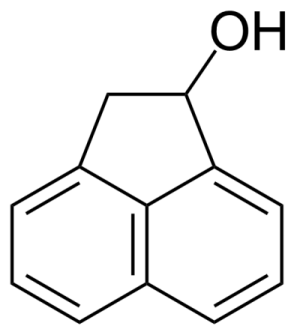 | [6306-07-6] | GEO-00001 |
| New | 7-Acetamido-4-hydroxy-naphthalene-2-sulfonic acid | 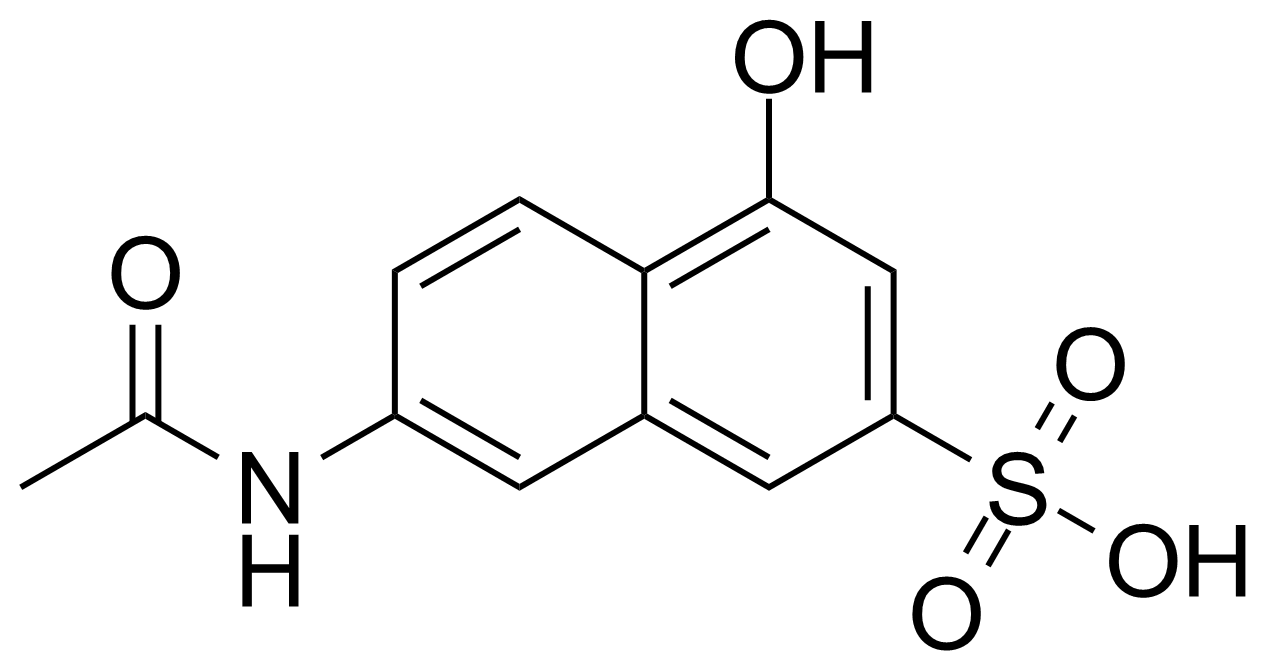 | [6334-97-0] | GEO-04013 |
| New | 1-Adamantanemethanol | 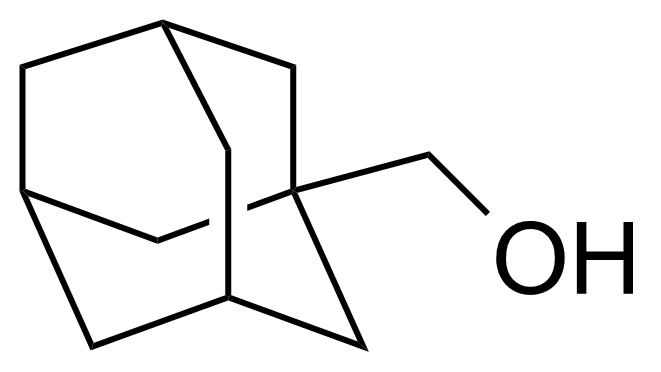 | [770-71-8] | GEO-04333 |
| beta-D-Allopyranose | 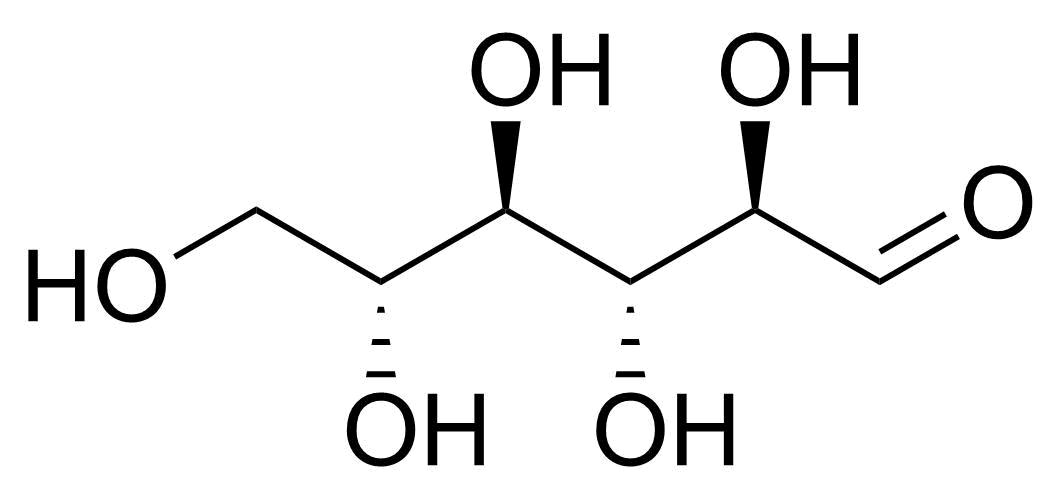 | [7283-09-2] | GEO-04660 | |
| New | D-Allose | 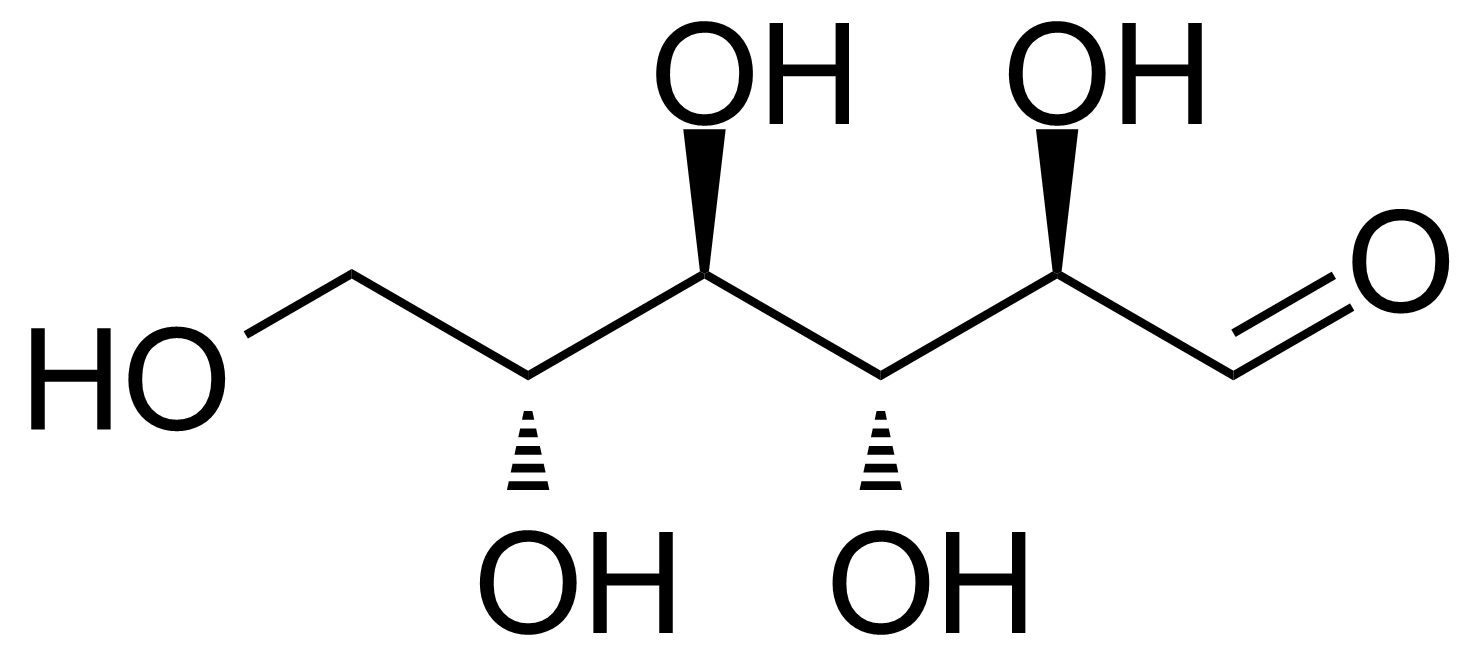 | [2595-97-3] | GEO-00057 |
| L-Allose | 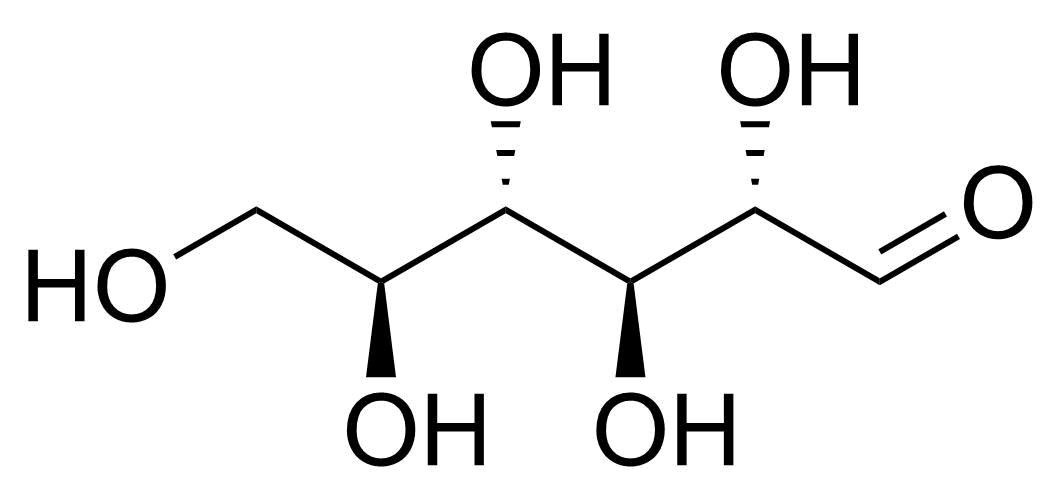 | [39392-62-6] | GEO-04661 | |
| New | 2-(Allyloxy)phenol | 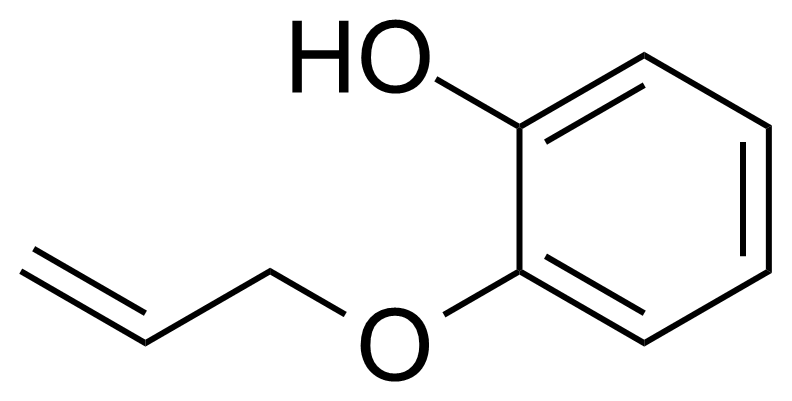 | [1126-20-1] | GEO-04471 |
| D-Altrose | 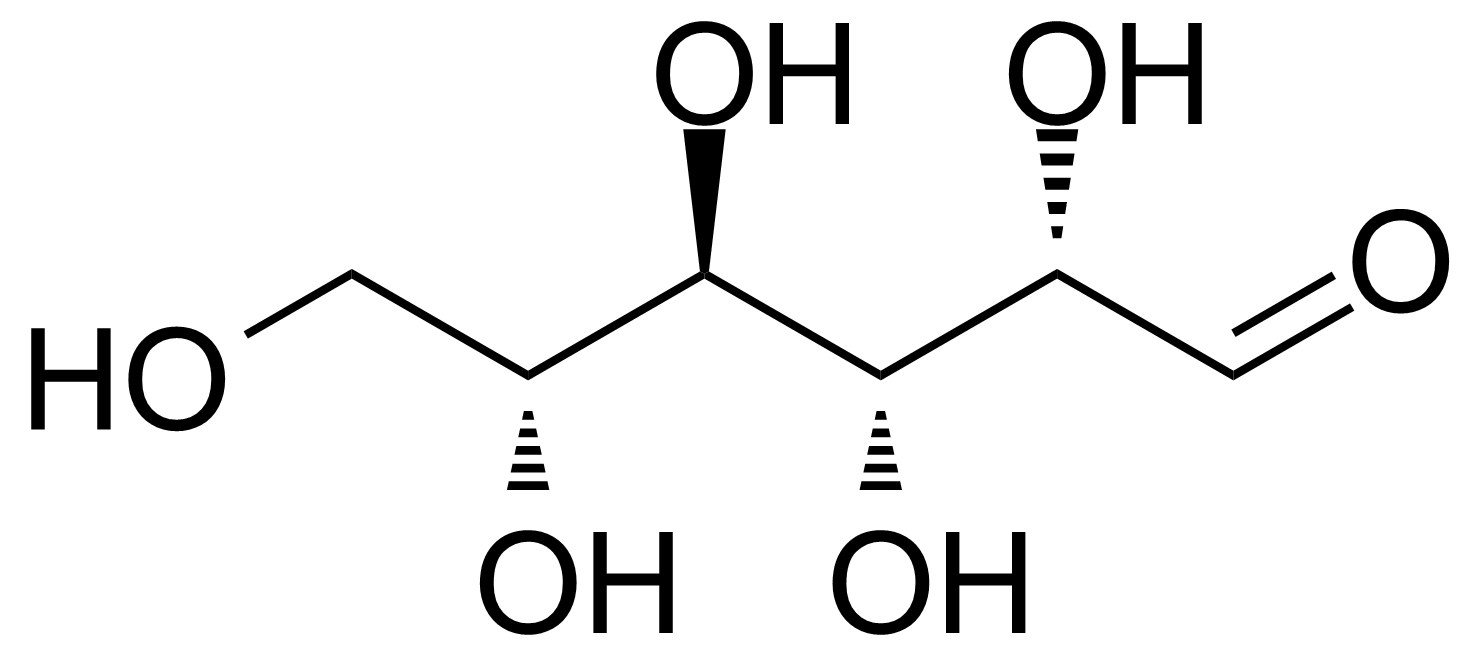 | [1990-29-0] | GEO-00058 | |
| L-Altrose | 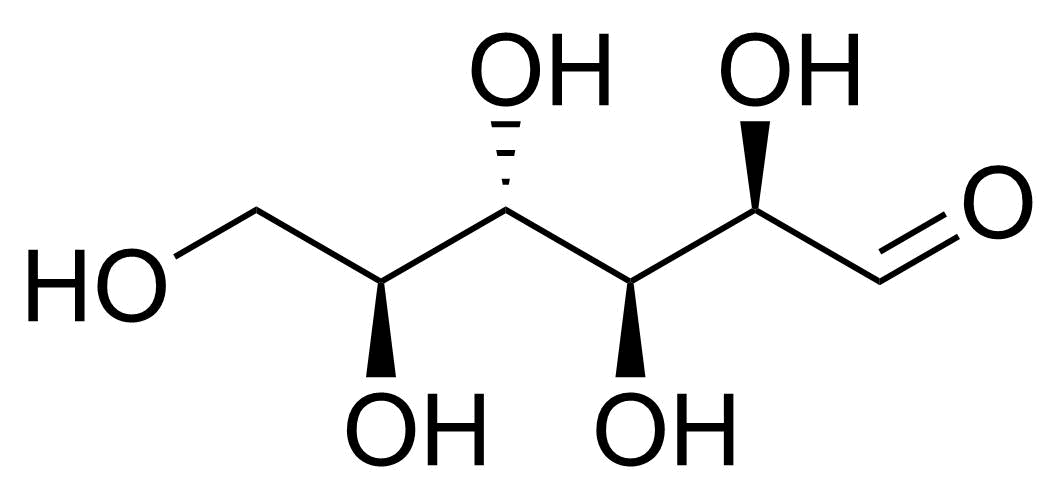 | [1949-88-8] | GEO-04662 | |
| New | (2R,4S)-2-Amino-4-cyclohexyl-4-hydroxybutanoic acid | 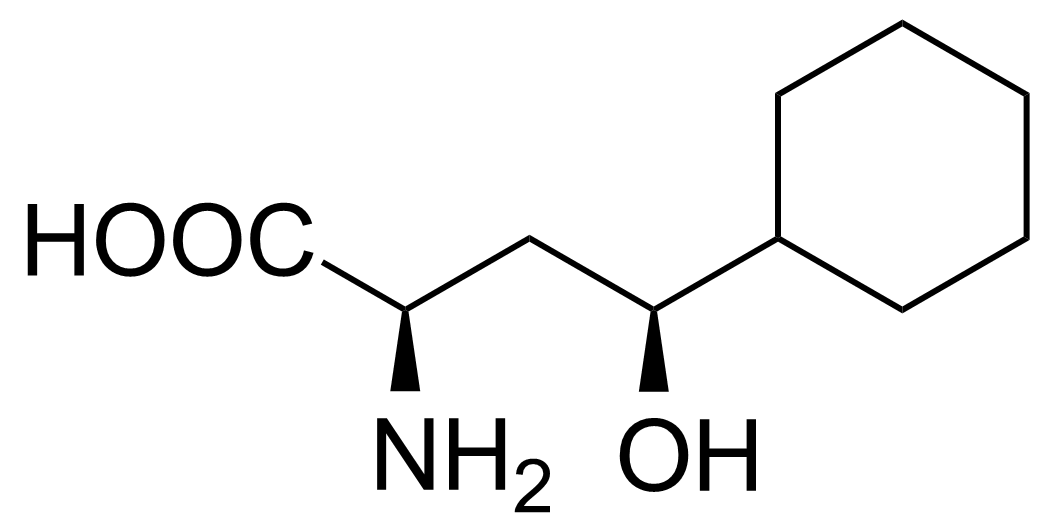 | [] | GEO-02717 |